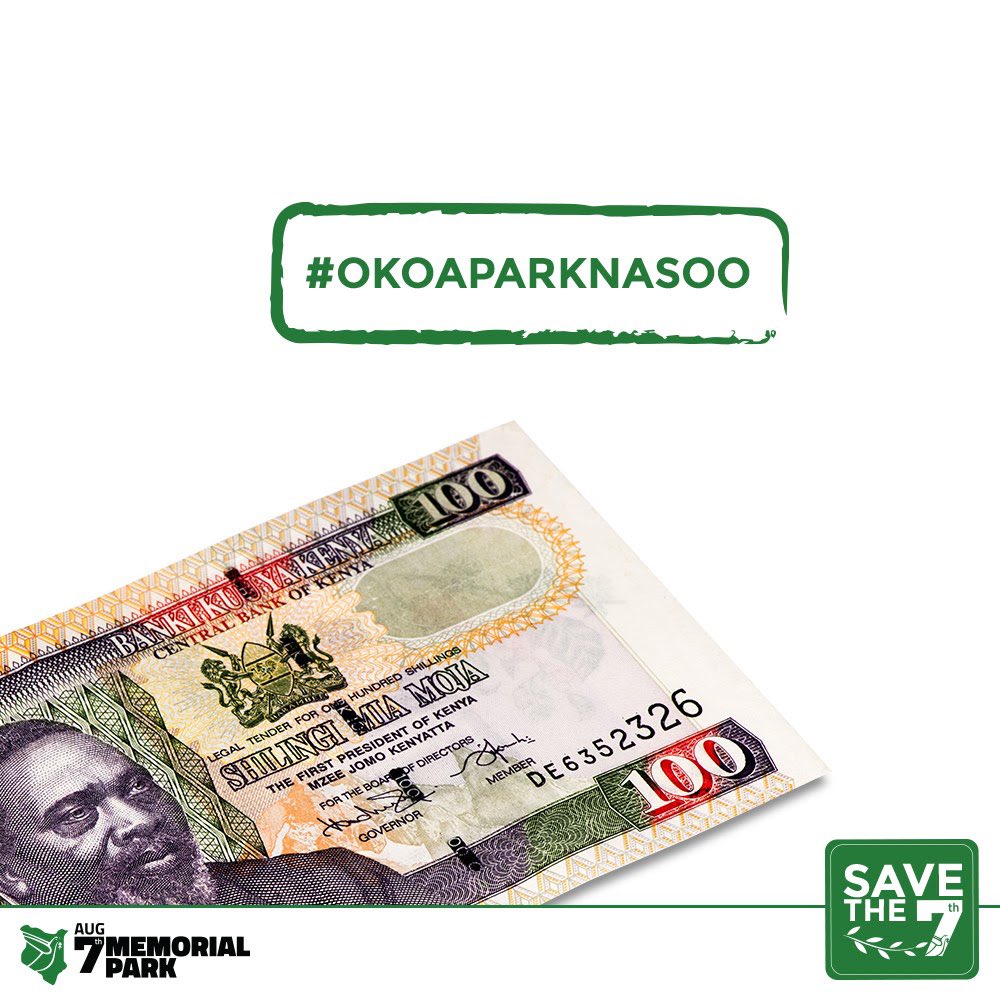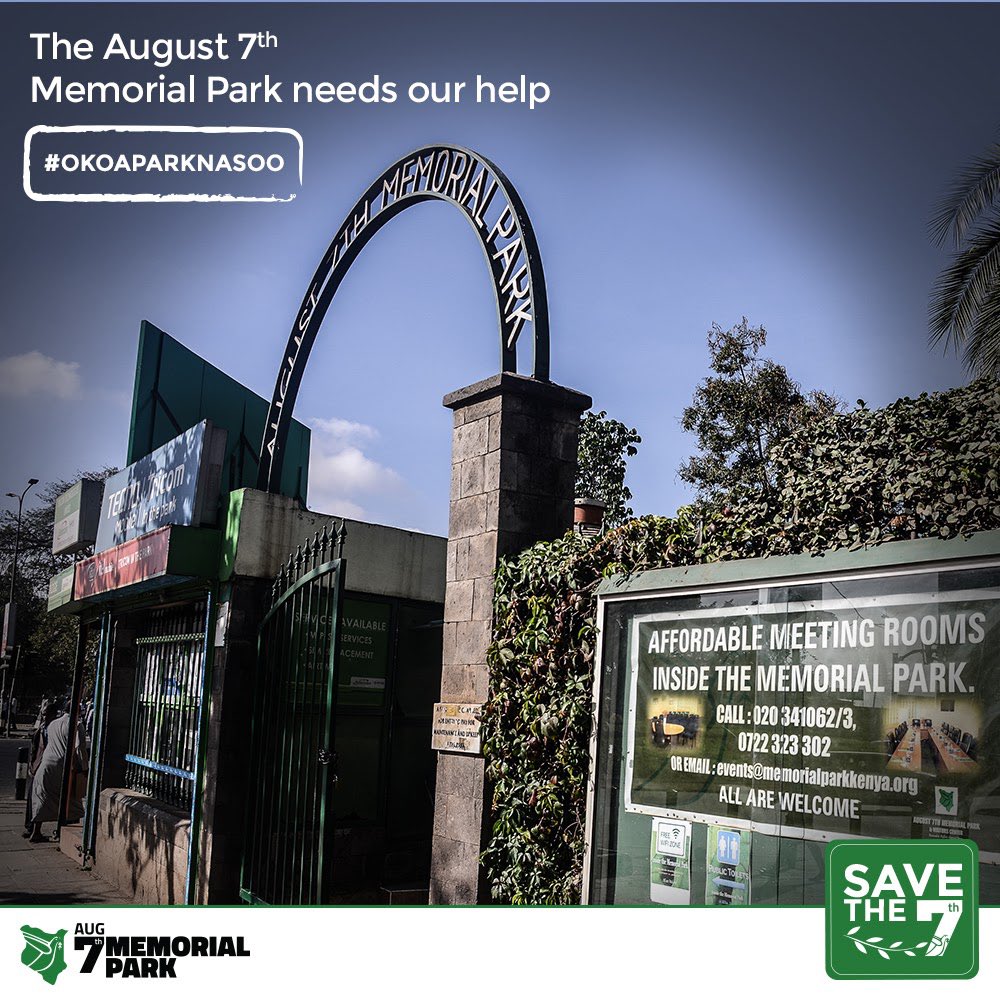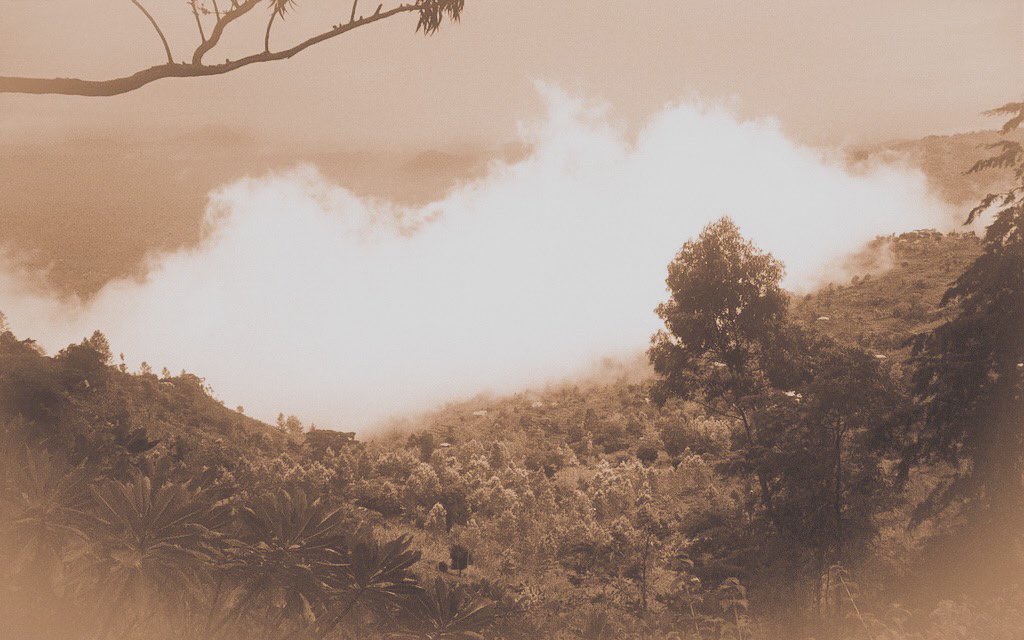
In the photo above, which was taken in the late 1890s, the then Liwali (Governor) of Mombasa, Salim bin Khalfan, is seated third from left.
Majority of the Liwali at the East African coast that later became part of Kenya were Arabs of Omani descent.
They were answerable to the Sultan of Zanzibar.
They were answerable to the Sultan of Zanzibar.
The Sultan kept transferring them from one post to another so, it was claimed, they couldn’t create independent power bases at the grassroots.
The Liwali worked with a network of grassroots leaders - Wajumbe - who also adjudicated over disputes among locals.
The Liwali worked with a network of grassroots leaders - Wajumbe - who also adjudicated over disputes among locals.

Where Islamic law matters were involved, Kadhis were called upon to try the cases.
Kadhis and Liwalis also served as an Appeal Court. Locals were at liberty to petition either of them when they felt dissatisfied with rulings by the Wajumbe.
One had a higher chance of becoming a Liwali or Kadhi if he had blood connections with Oman or Middle East in general.
These last two photos are of Ali bin Salim, the Liwali of Mambrui (seated) and Saleh el Busaidy, the Liwali of Dar es Salaam (then Tanganyika) meeting with the British Secretary of The Colonies, Iain Macleod.
They were taken in 1896 and 1961 respectively.

They were taken in 1896 and 1961 respectively.


• • •
Missing some Tweet in this thread? You can try to
force a refresh










